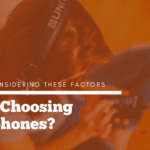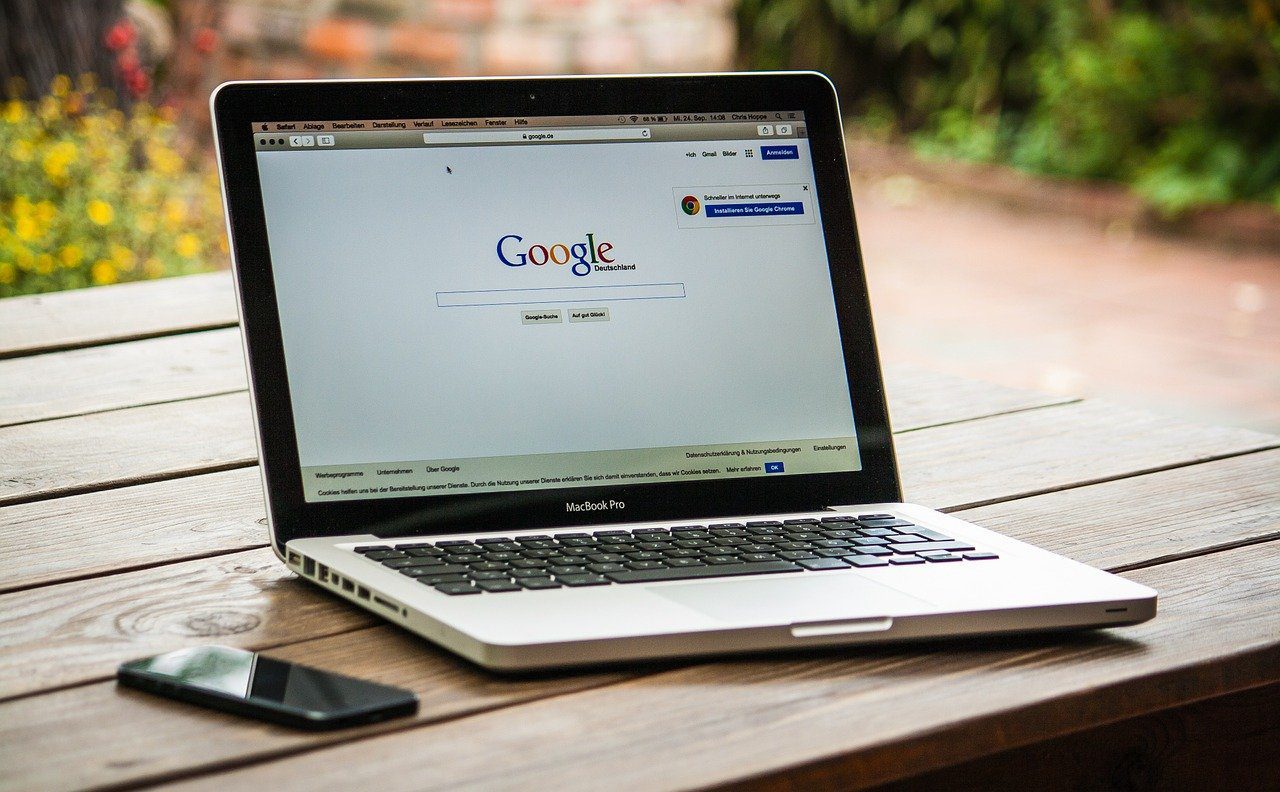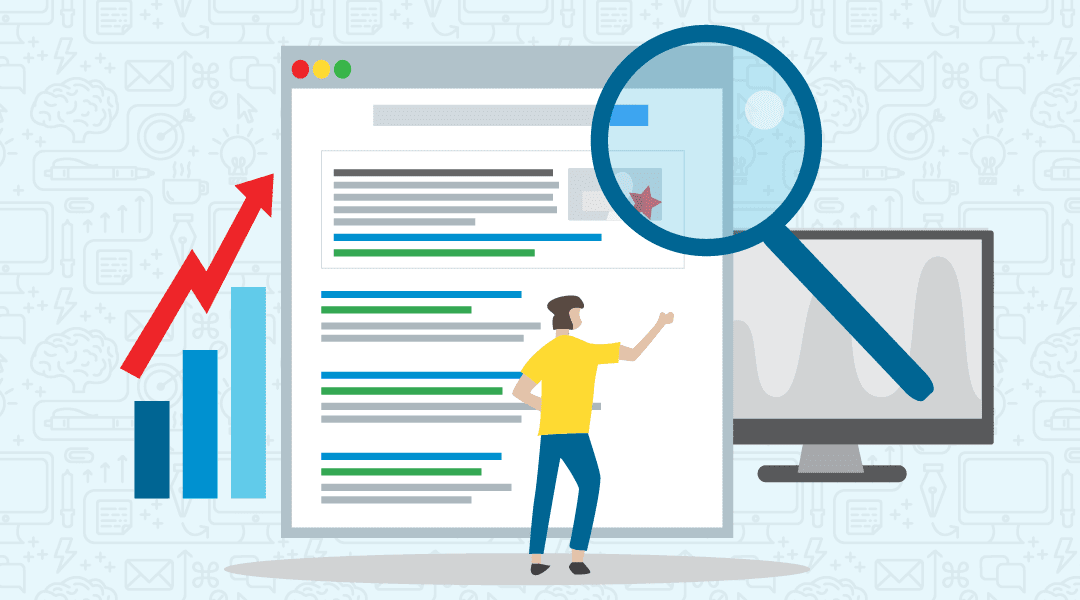Although digital marketing and SEO has become more complex since its inception, the goal of every digital marketer is to rank number 1 on Google and their second goal is to drive more traffic to their site. Both have become synonymous with SEO efforts. In fact, it’s the number one ranking spot on Google that has become so sought after that some even resort to breaking the rules, which is never a good SEO practice to undertake.
Many also try to twist Google’s arm, so to speak, to better their chances of reaching this golden spot, which is never a good idea if you want to remain position number 1 on Google. But how does a digital marketer determine what traffic they are getting from being position number 1? This can be difficult to determine as Google continues to move the goal posts, in other words, their criteria for reaching the golden number position 1 keeps changing.
To help you fully understand the importance of position 1 on Google and to get a better understanding of what traffic you get from this, it’s worthwhile completing a digital marketing course to stay ahead of Google’s ever-changing algorithms.
Does being position 1 on Google improve your click-through rate?
Many digital marketers scramble to rank position 1 on Google, but a question that’s often overlooked is does reaching this all-important position drives more traffic to your site and ultimately increases your click-through rate, known as CTR.
It seems as though lack of time, as opposed to lack of competition, drives the click-through rate on the SERPS. Scrolling down past search findings is a no-go for most people searching online.
Is traffic automatic when ranked position 1 on Google?
This is the million-dollar question and has been for a while. Many businesses pour a lot of time, budget, and resources into achieving position 1 on Google, but does this automatically bring traffic to your site, and if so, what type of traffic?
Well put simply, traffic generated from being position 1 on Google relies on three main points, which are, keyword relevance, low click-through rate, and your ‘true’ ranking position. The truth is rankings on Google constantly fluctuate and affect everyone’s SEO efforts. This downside of the SERPS ‘ranking game’ cannot be avoided, unfortunately. Most fluctuations are seen in the lower ranking searches; however, it can affect positions 1 and 2 as well.
Let’s take a closer look at these three points:
- Keyword relevance – The importance of selecting the right keywords is heard over and over again in SEO and digital marketing. And this could never be truer now. Keyword research is critical to landing up at position 1 vs. position 2 on Google.
- Low click-through rate –It’s not only disappointing when you have a low click-through rate, but it also hurts your position on Google. There’s not much point for your SEO efforts to be ranked either at position 1 or 2 if people aren’t clicking through to your site.
- True ranking position – Search engines are paying more and more attention to providing more personal and local results, which means depending on the search query that’s entered your position on Google SERPS may change.
How does position 1 affect traffic to your site?
The good news is that being ranked position 1 vs. position 2 on Google means that 33% of your traffic will result from achieving this highly sought-after spot. Being ranked at position 2 on Google isn’t a bad thing either as this equates to around 18% of your traffic coming from being at this position – not bad at all.
Taking the small difference in the percentage of traffic you get between position 1 and position 2 on Google, is it worth going all out to reach position 1? Yes, it certainly is. It’s a fact that the most converted traffic is gained from being ranked position 1.
Conclusion
It’s worth the effort to estimate the amount of traffic position 1 or two could generate for your site and then set out to achieve that position, as either way a boost in traffic is a digital marketing goal.








